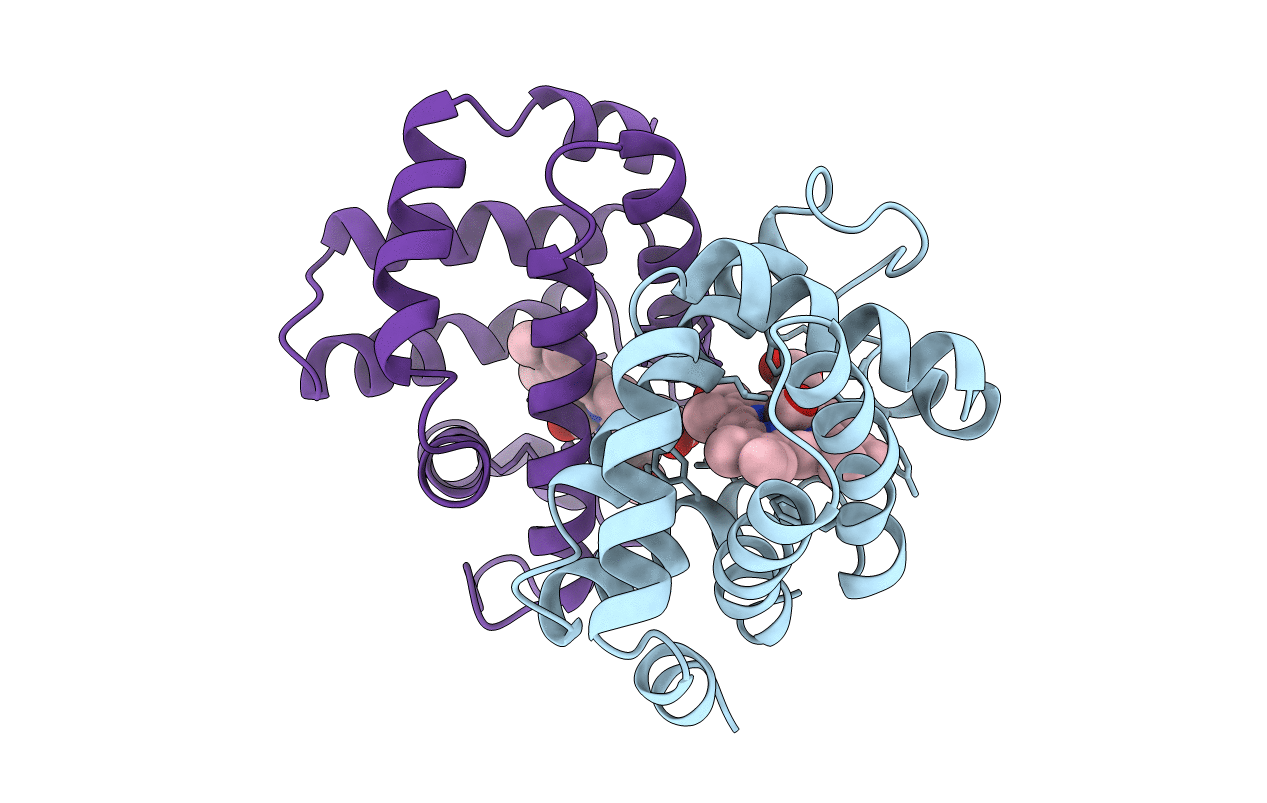
Deposition Date
1993-06-23
Release Date
1993-10-31
Last Version Date
2024-02-28
Entry Detail
PDB ID:
3SDH
Keywords:
Title:
HIGH RESOLUTION CRYSTALLOGRAPHIC ANALYSIS OF A COOPERATIVE DIMERIC HEMOGLOBIN
Biological Source:
Source Organism:
Scapharca inaequivalvis (Taxon ID: 6561)
Method Details:
Experimental Method:
Resolution:
1.40 Å
R-Value Work:
0.15
R-Value Observed:
0.15
Space Group:
C 1 2 1


